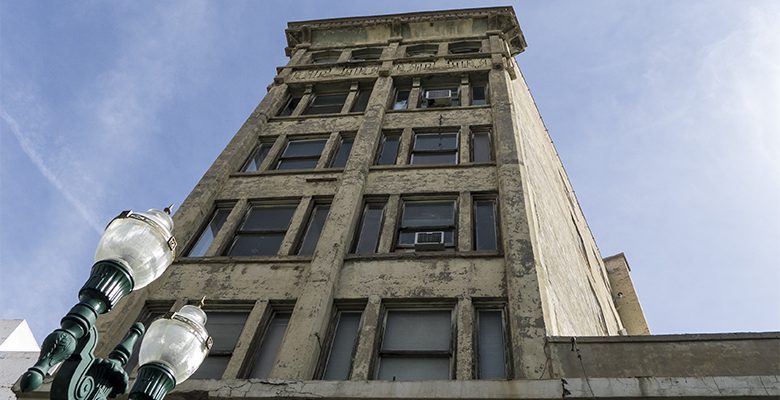Two recent articles on ElPasoMatters.com portray El Paso as a low-tax city.
Here’s a snippet from one of the pieces:
To understand the impact of the property tax system, El Paso Matters compared the municipal governments of the six Texas cities with more than 500,000 people – Houston, San Antonio, Dallas, Fort Worth, Austin and El Paso. We looked at tax rates, home values, total property values and spending by city governments to create comparisons.
. . .
It’s worth noting that despite having a much higher rate than Austin, the bill on an average value home in El Paso is 18% less.
Robert Moore, the CEO of ElPasoMatters.com, is correct when he points out that the reason that El Paso’s tax rates are so high because our property values are so low, and residential property owners pay a disproportionate share of the city’s General Fund compared to other cities.
In another post:
The median property tax bill in El Paso County in 2023 – meaning half the tax bills were higher and half were lower – was just under $3,500. That is substantially below the median property tax bill in eight of the 10 most populous counties in Texas.
My daughter used to live in the Abdou building before it gentrified. She had one of those little one-room apartments with the bathroom in the hall, next to the stairs. I don’t remember what she paid in rent, but it was cheap, for an apartment in El Paso.
If you compared the cost of that space to other spaces by the square foot, though, it was expensive.
People often confuse cost with value. Do you reckon any of those big Texas cities that Mr. Moore compares El Paso to have streets that are as poorly maintained as the streets in El Paso? Do the police departments in any of those cities regularly kill people having mental health crises?
And now some local politicians are trying to sell us a deck park that we don’t need and can’t afford. And what’s it for? To entice businesses to move to El Paso? That elusive economic development?
From 2012 to 2024, the City of El Paso grew by just 1%. One percent over 12 years.
In 2012, the City promised us that those Quality of Life amenities financed by a half a billion dollars in tax-supported bonds would lead to a flourishing economy. How’s that working out for you?
The deck park advocates are using the same rhetoric and rationales that the advocates of the Quality of Life bond advocates pushed back in 2012. Let’s hope our current politicians have been paying attention.


Despite the admiration I have for some of EPM’s investigative reporting, it is frustrating to imagine/speculate/comment on their alignment on some developer-supported downtown issues. EPM has been silent (correct me if I’m wrong and missed coverage) on the steamroller TxDOT Downtown I-10 widening (actually 6 miles from Executive Center through downtown to Copia) even thought congestion is NOT documented there. Thankfully, Vic Kolenc, El Paso Times, had a front-page article today about the project and a list of all the apartments, business buildings, and museum to be demolished in their ‘preferred alternative.’ Please everyone, join the multi-coalition press conference tomorrow 9/16 at 3:30-4 in front of the civic center to push back. Instead: Repair the highway! Don’t displace people who need affordable housing! Don’t wreck downtown again with 5+ years of construction!!
Only EPM, aka, the Voice of the Downtown Mafia, could imply that we don’t pay enough property tax because our homes are valued less than comparable cities in Texas. This is how they are signaling to us, “Get ready for more.” Assessments are supposed to reflect the actual sales prices of homes or some percent of that, not what the city needs to build a deck park. My own experience with EPCAD may as well be that it uses voodoo to come up with an assessment. They literally could not explain to me how they arrived at my home’s assessed value last year.